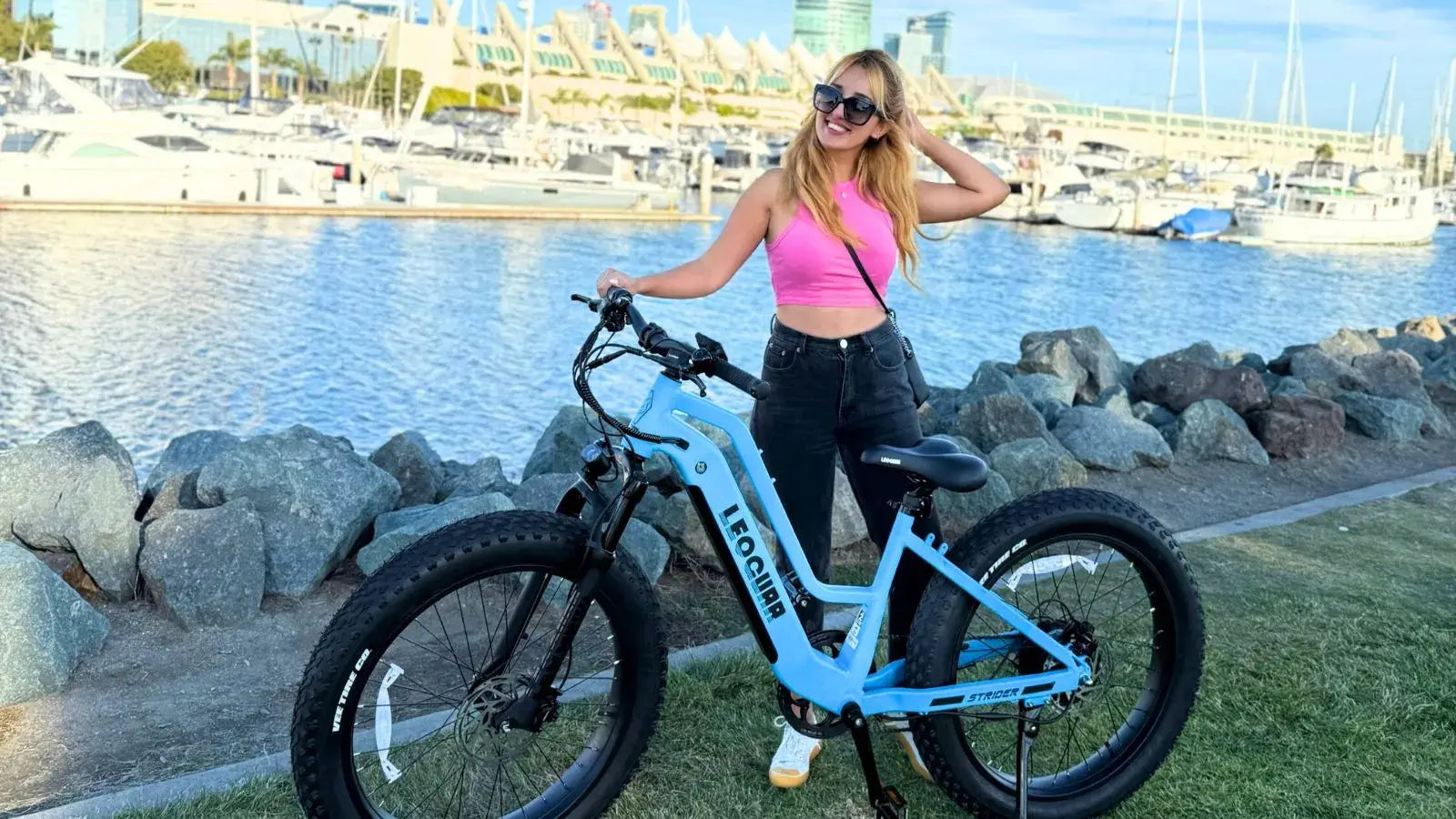
Electric Bike Controller Problems: How They Impact Your Ride and What to Do
Electric bike controller problems, like inconsistent power, complete power loss, and overheating, can derail your ride. These issues often stem from drained batteries, faulty wiring, or defective components.
In this guide, we'll quickly cover these causes and how to address them, ensuring you can enjoy a smoother and safer ride.
Understanding the Electric Bike Controller
Before we discuss the problems, it’s important to understand what an electric bike controller does. The controller is essentially the bike's brain. It takes inputs from the throttle, pedal sensors, and brakes, and then determines how much power should be sent to the motor. It also manages the battery’s power levels to ensure you don't run out of juice too quickly.
Common Electric Bike Controller Problems
1. Inconsistent Speed or Power
You may experience sudden surges or drops in power, which can make your ride unpredictable and unsafe. This kind of erratic behavior can be particularly dangerous if it happens in traffic or while navigating tricky terrain, as it affects your ability to control the bike effectively.
Causes:
Loose wiring or bad connections can throw off the electric flow, leading to sudden jerks or power loss during your ride. Plus, if your throttle or pedal-assist sensor sends incorrect signals, it can cause frustrating speed fluctuations. Damaged components inside the controller, like capacitors or transistors, can also impair its ability to manage power effectively, leaving you with an unreliable bike.
Solutions:
- Inspect all connections and wiring for signs of wear or looseness and secure them properly. A simple tightening of connections can often resolve these issues.
- Test the throttle and sensor for faults and replace if necessary. These parts are often easy to swap out with basic tools.
- If the controller is at fault, consider consulting a professional for repair or replacement. Sometimes, internal components may require specialized repair that is best handled by a technician.
2. Complete Power Loss
A complete power loss is another common issue that can leave you stranded. This problem typically points to a failure somewhere in the power delivery system, and it can be both frustrating and inconvenient, especially if it occurs far from home.
Causes:
A sudden power loss on your controller electric bike is frustrating, especially far from home. Often, it’s due to a drained or malfunctioning battery. A blown fuse or faulty wiring can also cause unexpected shutdowns. Plus, a defective controller may fail to distribute power properly, leading to a total outage.
Solutions:
-
Check the battery charge and connections to ensure It's supplying power. A fully charged battery should read its rated voltage.
-
Inspect fuses and wiring for any signs of damage or wear. Replacing a blown fuse is a quick fix that might restore power.
-
If all else fails, the controller might need to be replaced. Professional diagnostics can confirm if the controller is the root of the problem.
3. Overheating Controller
An overheating controller can be a serious problem as it might lead to permanent damage if not addressed promptly. Overheating can also cause the controller to shut down temporarily, leaving you without power in the middle of a ride.
Causes:
Overheating controllers can really mess up your ride. If you're often riding uphill or carrying heavy loads, the excessive power draw can cause the controller to heat up quickly. Poor ventilation around the controller just makes it worse, trapping that heat in. And if internal components like the cooling fan or heat sink fail, the controller can't cool down properly, leading to potential damage.
Solutions:
-
Ensure the controller e bike is not overloaded beyond its capacity. Reducing the load can alleviate strain on the motor and controller.
-
Check for obstructions around the controller that might prevent adequate ventilation. Keeping vents clear can help maintain a stable operating temperature.
-
Consider upgrading to a controller that can handle higher power loads if necessary. High-performance controllers are often designed to manage heat better, reducing the risk of overheating.

Diagnosing Electric Bike Controller Issues
Step 1: Visual Inspection
Before diving into deeper diagnostics, perform a thorough visual inspection. Look for loose wires, visible damage, or signs of overheating. This initial assessment can often reveal obvious issues that are easily corrected, such as a disconnected wire or a burnt component.
Step 2: Testing Components
Use a multimeter to test the battery and other electrical components. Check for consistent voltage output and identify any irregularities. This step can help you pinpoint whether the problem lies with the battery, wiring, or controller itself, allowing for a more targeted repair.
Step 3: Software Checks
If your fat tire cruiser electric bicycle has a digital display, it might provide error codes that can help you pinpoint the issue. Refer to your bike's manual for a guide on interpreting these codes. These error codes can save you time by directing your attention to specific areas that need troubleshooting, making the repair process more efficient.




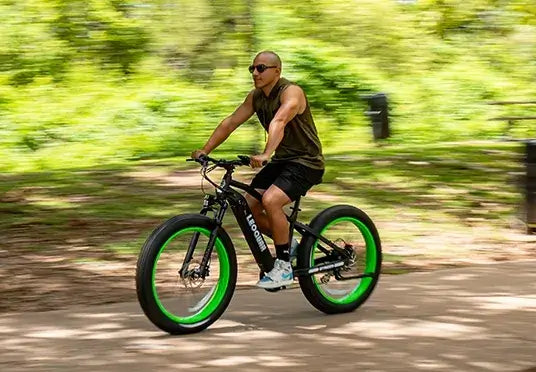
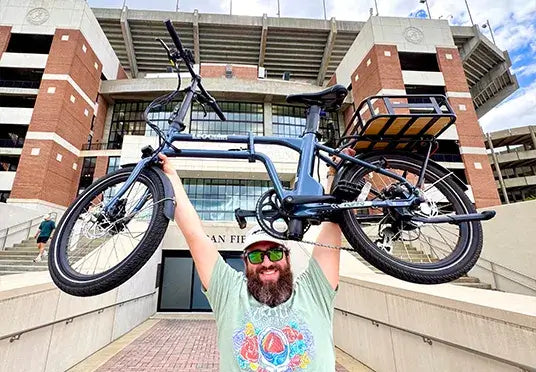
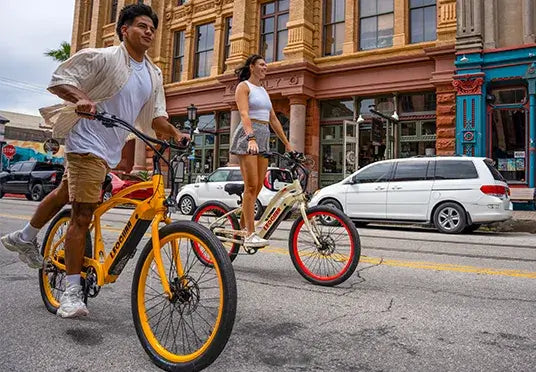
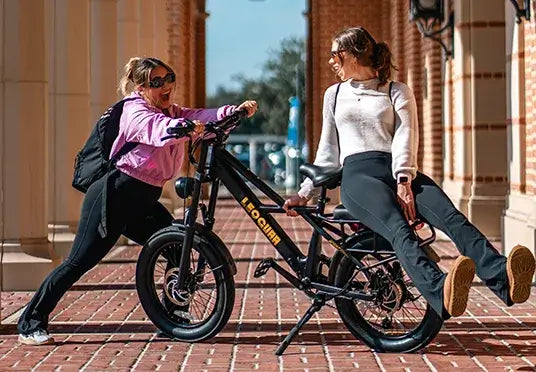
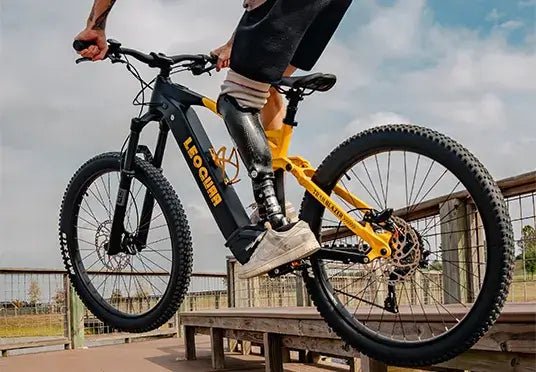

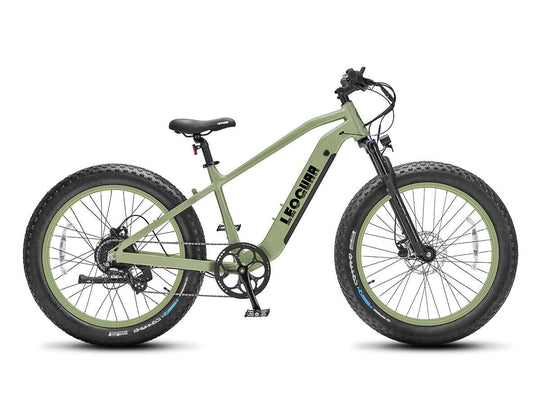
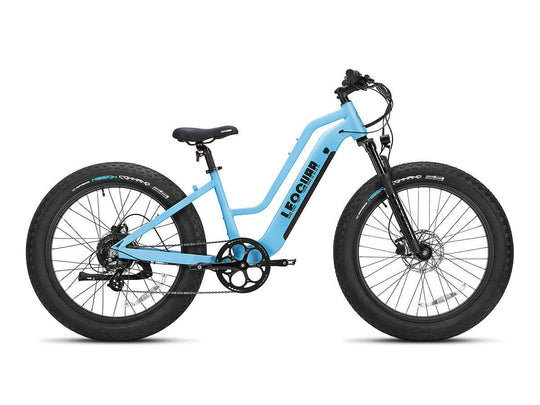
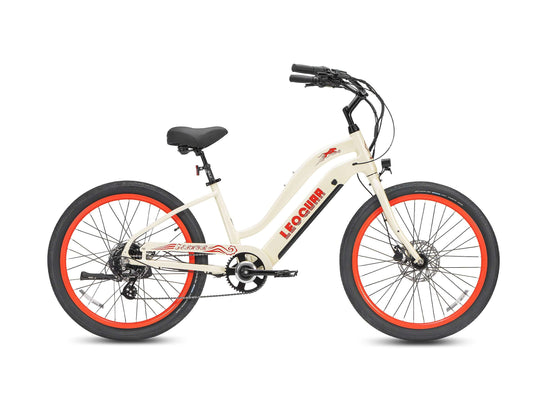
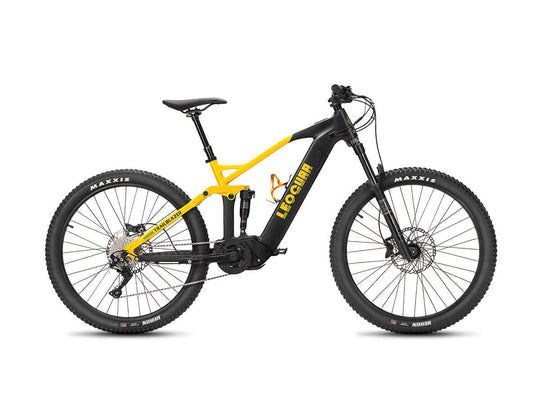

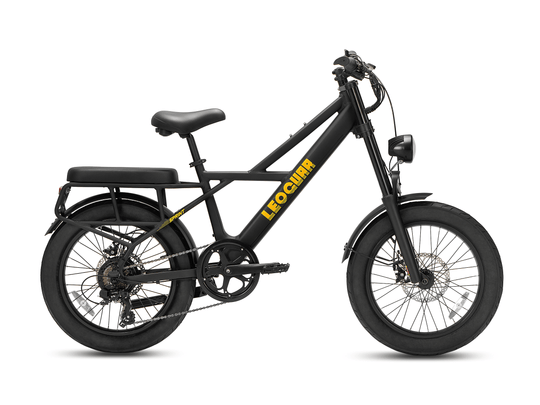
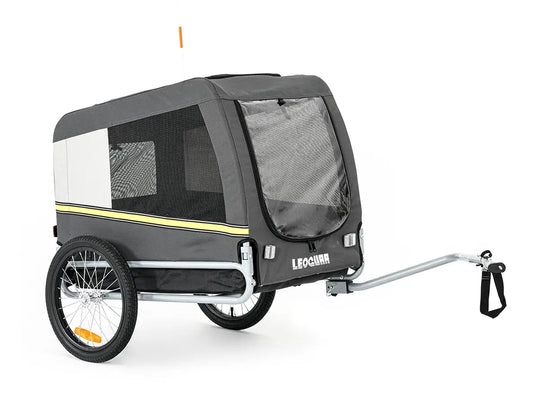
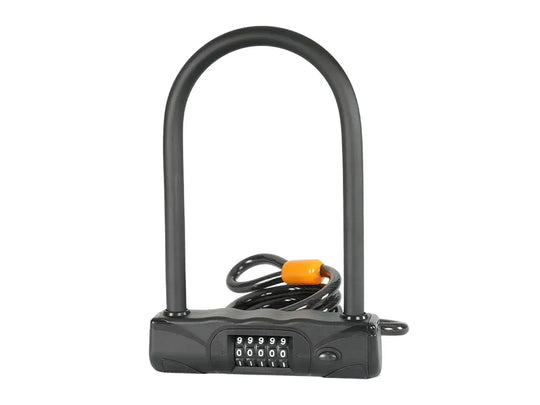

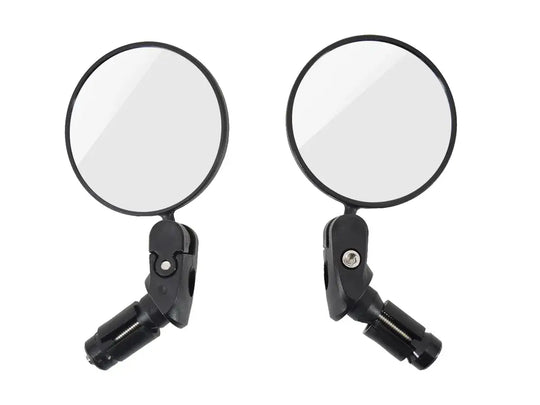
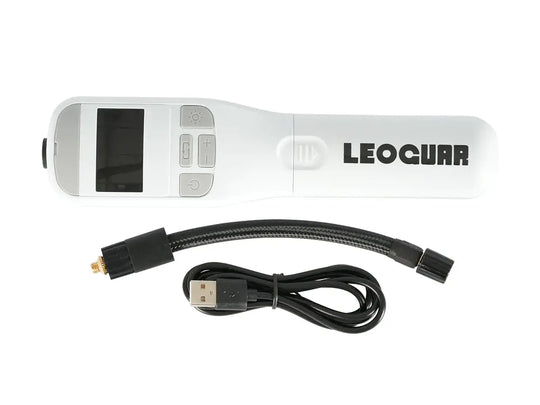
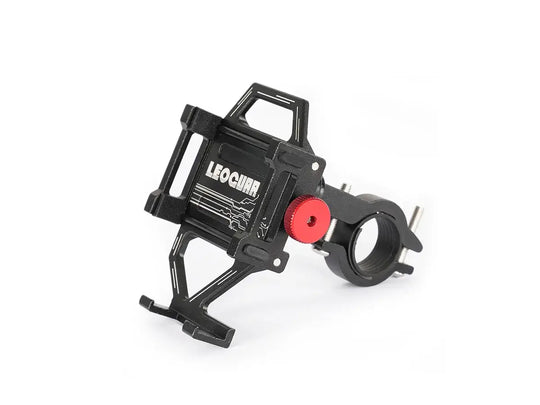
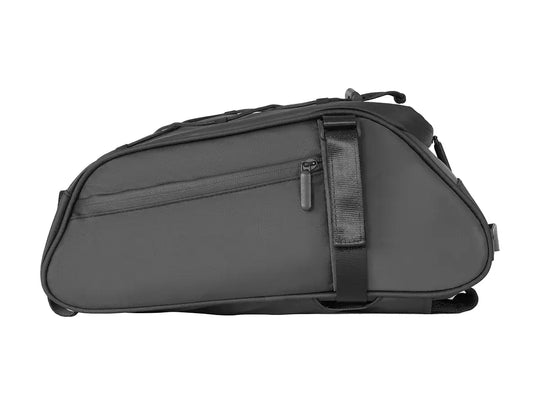
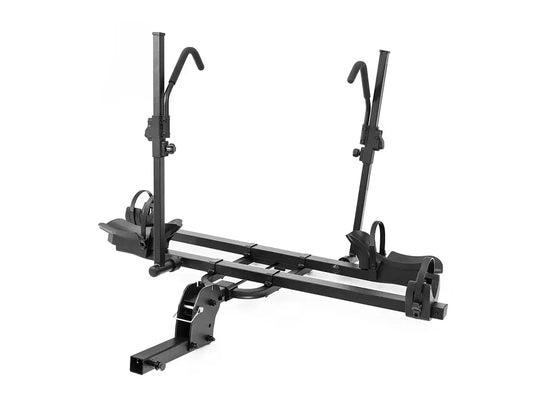
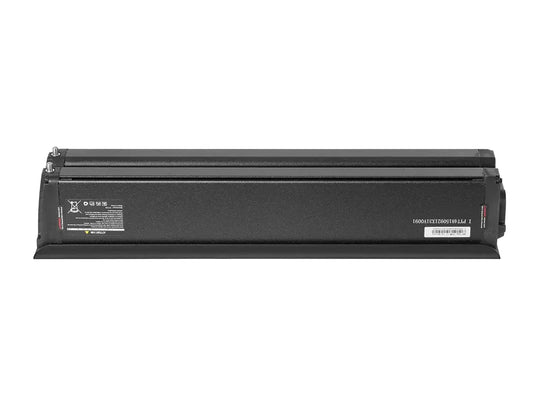

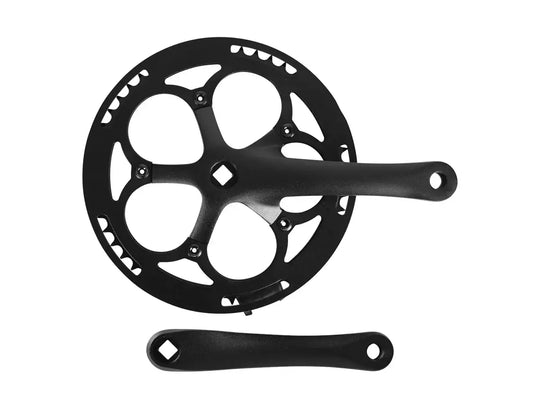
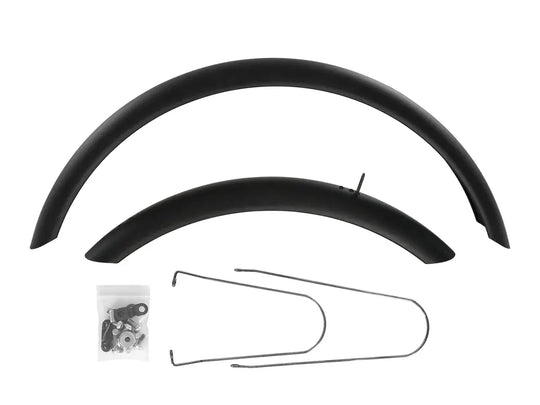
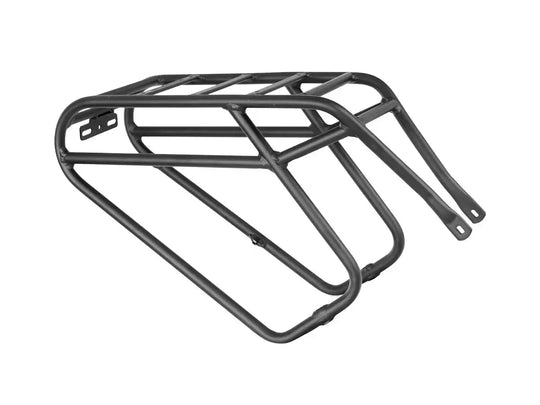
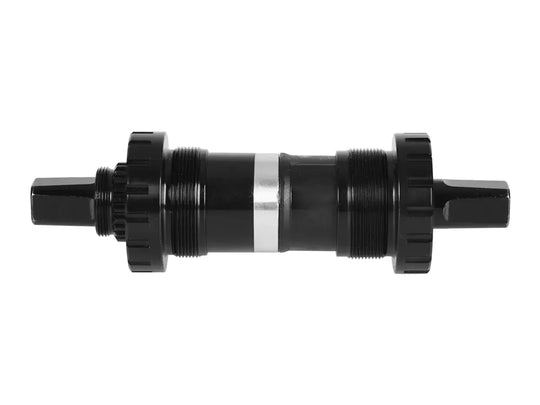
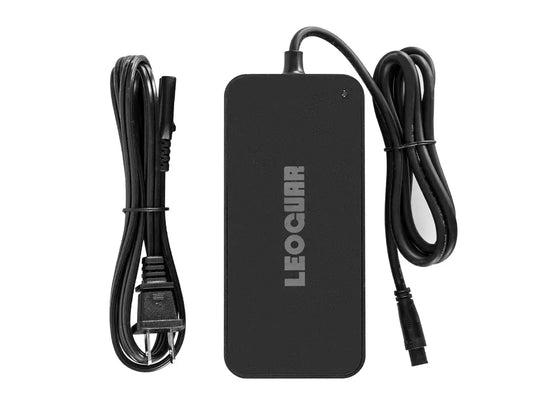
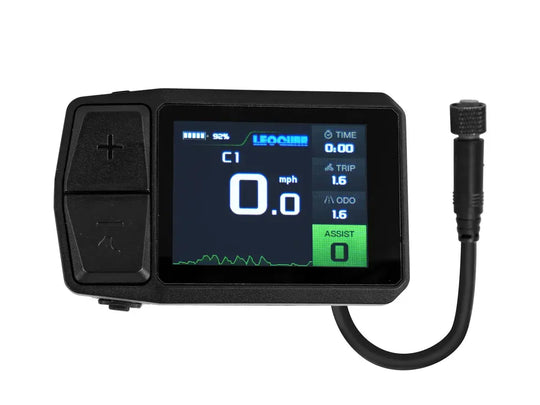
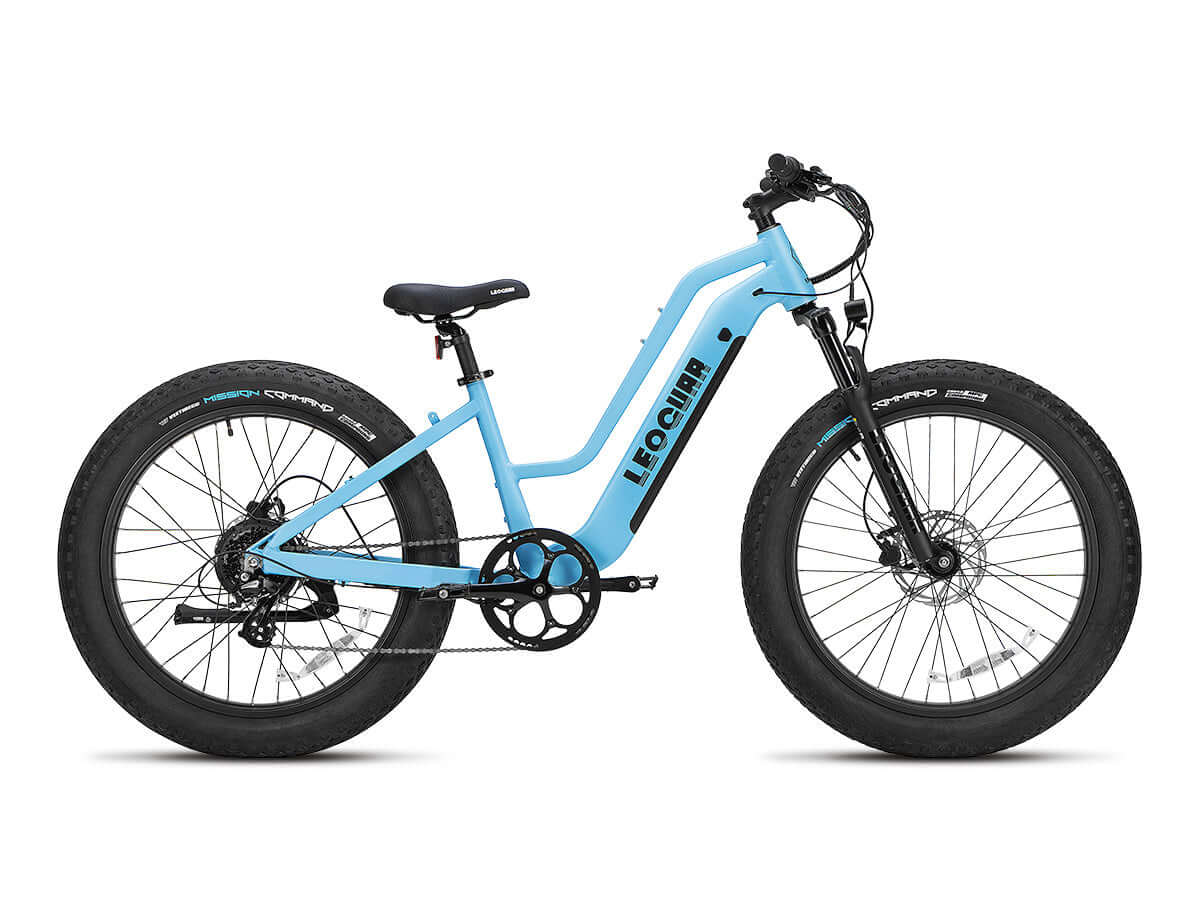







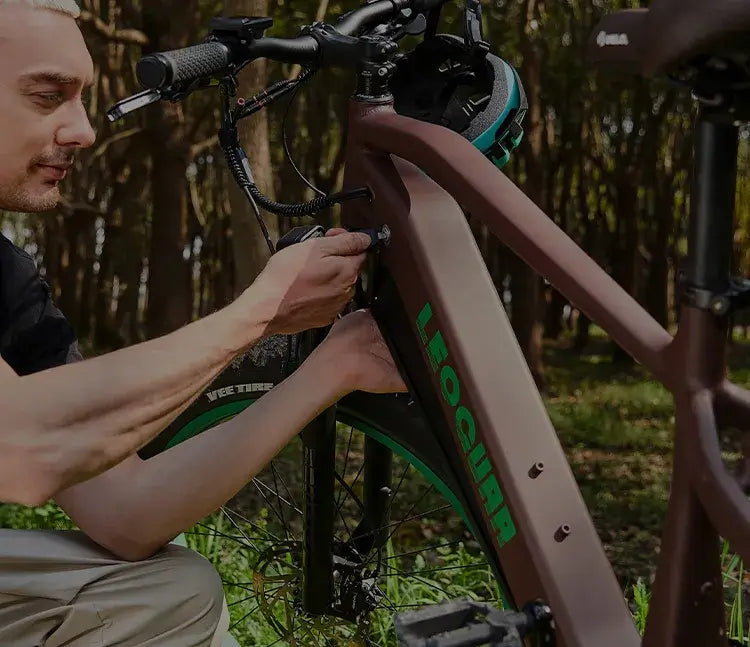
Leave a comment